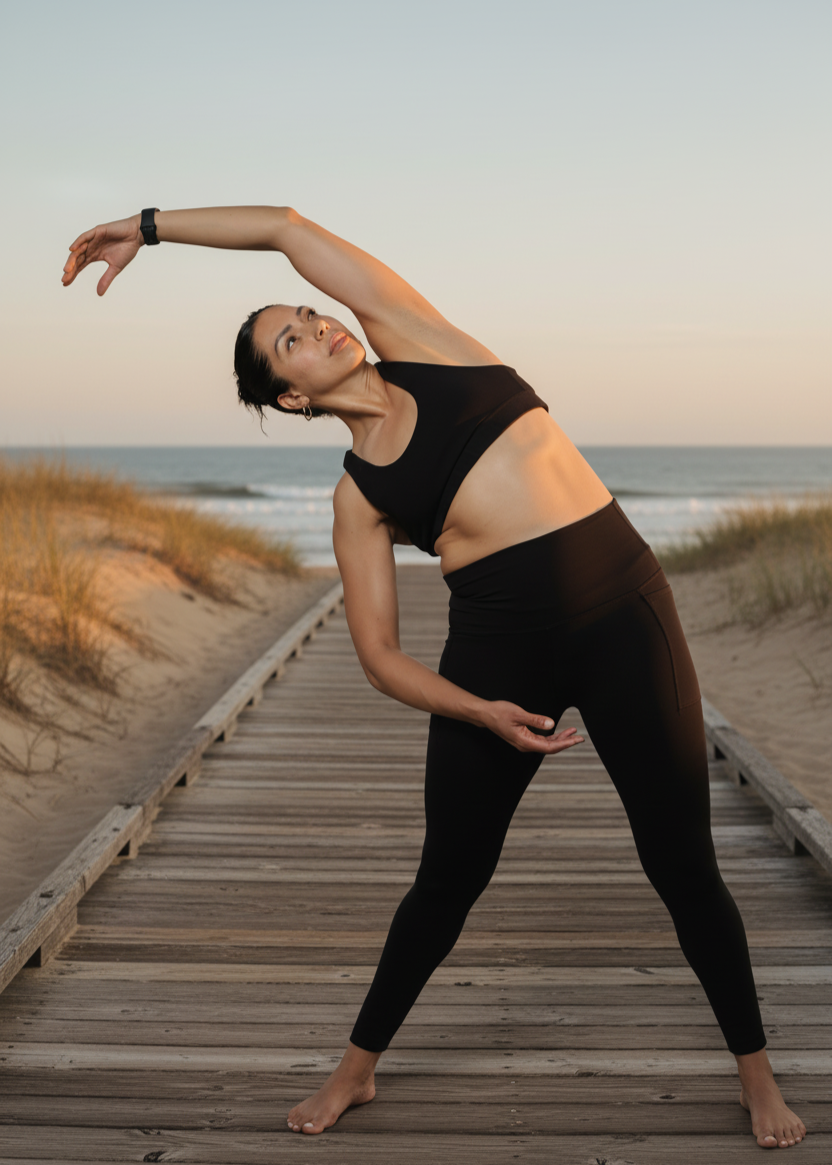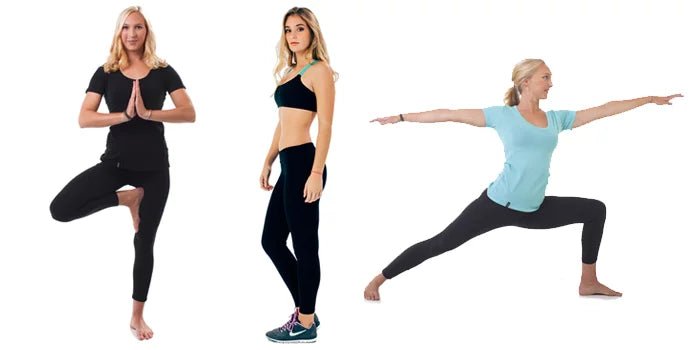
On the Sea with Cascadia Research - Rare Whales, Jellyfish & Glass Float
Photo taken with NMFS permit #15330
A few years back I was introduced to a guy by the name of Robin Baird of Cascadia Research Collective. He was interested in some under water photos of Pygmy Killer Whales that I had. He was very excited to see the images underwater because he was able to tell if the individuals they were getting surface shots of were male or female.
With that particular species you can’t tell by dorsal fin like in some other species, it’s only obvious by a “keel” that protrudes down along the tail stock or peduncle. So for couple of years after our first meeting, any time I would get photos of those animals (and any other animal of interest) I would send him copies free of charge “in the name of science”.

Photo taken with NMFS permit #15330
Time went by and Robin approached me and ask if I was interested in driving the research boat on a field project to Kauai, I eagerly jumped at the opportunity. So now a days they hire me to drive and shoot photos on some of their Hawaii projects.
 Over the past two weeks they have been here in my home town of Kona, Hawaii undertaking a project of tagging, photographing and getting biopsy samples of marine mammals that live off of or frequent the Kona Coast. This trip they are focusing mainly on Pelagic False Killer Whales, but they are just as happy to get satellite tags out on Short Finned Pilot Whales, Cuvier’s Beaked Whales, Sperm Whales, Bottlenose Dolphins and photo ID’s of Pantropical Spotted Dolphins.
Over the past two weeks they have been here in my home town of Kona, Hawaii undertaking a project of tagging, photographing and getting biopsy samples of marine mammals that live off of or frequent the Kona Coast. This trip they are focusing mainly on Pelagic False Killer Whales, but they are just as happy to get satellite tags out on Short Finned Pilot Whales, Cuvier’s Beaked Whales, Sperm Whales, Bottlenose Dolphins and photo ID’s of Pantropical Spotted Dolphins.
They hired me again to drive the research boat a few days and also use my work boat the Ocean Warrior on a few occasions to do the surveys. They have a finely tuned team that work extremely well together. One minute we are laughing and telling stores while we are scanning the vastness of the ocean for elusive animals, the next minute when a priority animal pops up into view the game faces come on and it’s all business from there. We had some really productive days that I had the privilege to be out on.
Not all the photography I shoot is under water. I’ve taken a liking to shooting topside shots also. So working with Cascadia helps me hone my skills above the water by shooting animals that are sometimes very cooperative and approachable and some animals that are on the move. Every encounter is different and can be very exciting. Getting good images of priority animals is pretty stressful because they want to see specific images and specific angles.
They also want to see if tags are placed properly so they have an idea if it will stay on for a long time or are likely to be bumped off. I’ve seen and handled the darts they use. They are sterilized, stainless steel and it’s the equivalent of getting our ears pierced when they're adhered to the dorsal fin. The animals slough off skin 24 hours a day and the animals body will push the dart out like when we get a sliver, with no detrimental long term effects and the data they can collect from these tags is priceless.

Photo taken with NMFS permit #15330
This project I was able to capture a couple of rare animals as they surfaced or approached the boat such as a Cuvier’s Beaked Whale and a Sperm Whale. Both of these animals are very rare and extremely deep divers. We are talking 10,000+ plus feet on a single breath of air. Being an ex-competitve breath hold diver (freediver) I am completely fascinated by this fact.

Photo taken with NMFS permit #15330
One of the days out I also was fortunate enough to have been able to get in the water with a fairly rare jellyfish. They have no common name so try your hand at pronouncing this one, Thysanostoma loriferum. These beautiful creatures roam the open oceans and when we get just the right currents and just the right winds they get pushed towards our island chain. They wind up near the shore sometimes, but remember we are in the middle of the Pacific Ocean. This particular animal we found about fifty miles offshore. That is like finding a bee bee in the sand at the beach.

Talk about the proverbial needle in the haystack. I also found a large Japanese glass float on one of our days out. The Japanese used them to hold up their fishing nets and had all different sizes and shapes. Glass floats originate in Norway, but were thought to have been incorporated by the Japanese fishing fleet around the turn of the century.
They still manufacture glass floats but in very small quantities. Floats without seams around them are old and more valuable to collectors. This is the type I found. I’ve seen here in Kona at antique stores asking prices upwards of $500.00 for glass floats. In my opinion they should go back to using glass. They are much more environmentally friendly, they may float around or break and sink to the bottom, but they don’t pollute the waters like the plastics that are out there now.

Like PuraKai the Cascadia Research team is dedicated to protecting the oceans and especially the animals that thrive there. I am very proud and honored to be a part of both organizations and their commitment to help protect the worlds oceans.
Aloha
Deron Verbeck
Check out some other ocean related blog posts:
The 7 Biggest Threats to Our Oceans: Threat #5 Mercury Pollution in our Oceans
The Ocean Lovers Rules To Shopping Sustainable Fashion: A Gift Guide
The 7 Biggest Threats to Our Oceans: Threat #4 Dead Zones
The 7 Biggest Threats to Our Oceans: Threat #3 Dying Coral Reefs
The 7 Biggest Threats to Our Oceans: Threat #2 Predator Depletion
5 Ways to Live an Ocean Inspired Life






Leave a comment
This site is protected by hCaptcha and the hCaptcha Privacy Policy and Terms of Service apply.